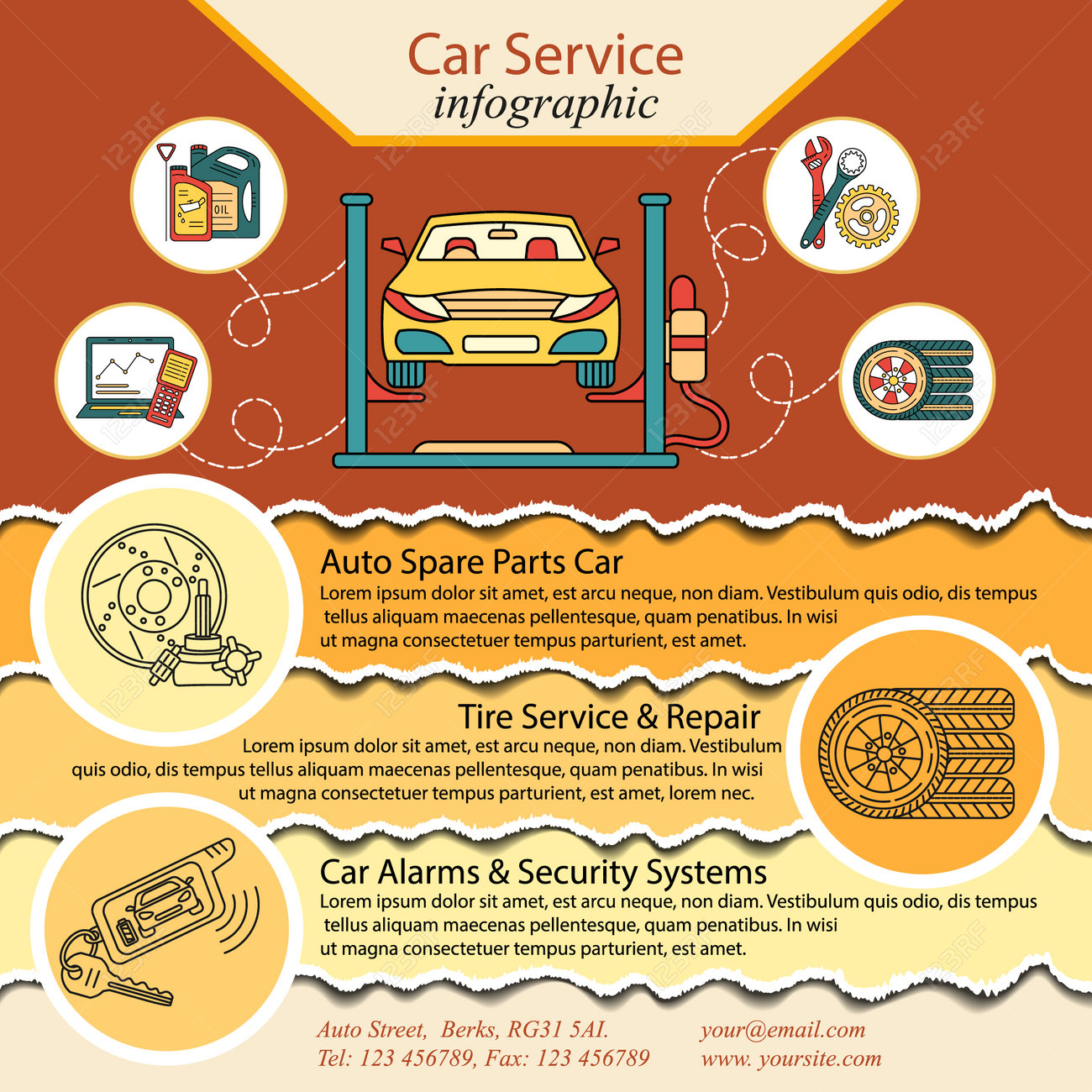Eager To Know What The Control Panel Caution Lights In Your Vehicle Signify? Discover Their Significances For The Well-Being And Safety And Security Of Your Vehicle
Eager To Know What The Control Panel Caution Lights In Your Vehicle Signify? Discover Their Significances For The Well-Being And Safety And Security Of Your Vehicle
Blog Article
car valet howick -Sykes Shepherd
When you're behind the wheel, those glowing warning lights on your control panel can be a bit bewildering. Do you understand what they're attempting to inform you about your cars and truck's health and wellness? Comprehending the relevance of these lights is crucial for your safety and security and the long life of your lorry. So, the following time one of those lights pops up, would not you wish to understand its message properly and take the required steps to resolve it?
Common Caution Lights and Interpretations
Determine usual caution lights in your automobile and recognize their significances to make sure safe driving.
The most normal warning lights consist of the check engine light, which indicates problems with the engine or discharges system. If this light begins, it's critical to have your car inspected immediately.
The oil pressure cautioning light indicates low oil stress, calling for instant interest to avoid engine damages.
A blinking battery light may suggest a faulty billing system, possibly leaving you stranded if not attended to.
The tire pressure tracking system (TPMS) light alerts you to reduced tire pressure, influencing lorry stability and gas efficiency. Disregarding local detailing services can cause risky driving problems.
The abdominal light indicates an issue with the anti-lock stopping system, jeopardizing your ability to stop swiftly in emergencies.
Finally, the coolant temperature level advising light warns of engine overheating, which can cause severe damage if not fixed quickly.
Recognizing these usual warning lights will help you resolve issues quickly and preserve safe driving problems.
Value of Prompt Interest
Understanding the usual caution lights in your automobile is only the first step; the relevance of quickly dealing with these warnings can not be emphasized sufficient to ensure your safety on the road.
When https://www.thedrive.com/maintenance-repair/40307/how-to-build-the-perfect-garage illuminates on your dashboard, it's your auto's means of communicating a potential issue that needs attention. Ignoring these warnings can bring about much more serious problems down the road, endangering your safety and security and potentially costing you more out of commission.
Motivate attention to advising lights can avoid malfunctions and accidents. As an example, a blinking check engine light could show a misfire that, if left neglected, might cause damages to the catalytic converter. Addressing this immediately can save you from a pricey repair service.
In a similar way, a brake system alerting light could signify reduced brake fluid or used brake pads, important elements for your safety when driving.
Do It Yourself Troubleshooting Tips
If you see a caution light on your dashboard, there are a few DIY fixing pointers you can try before looking for specialist assistance.
The first step is to consult your vehicle's manual to recognize what the details warning light shows. Sometimes the issue can be as basic as a loose gas cap triggering the check engine light. Tightening up the gas cap might solve the problem.
One more typical problem is a reduced battery, which can trigger numerous warning lights. Examining the battery connections for corrosion and guaranteeing they're protected could deal with the issue.
If a caution light persists, you can attempt resetting it by separating the auto's battery for a few mins and afterwards reconnecting it. Furthermore, examining your vehicle's liquid degrees, such as oil, coolant, and brake liquid, can aid troubleshoot advising lights related to these systems.
Conclusion
In conclusion, recognizing your cars and truck's caution lights is important for maintaining your automobile running smoothly and securely. By promptly addressing these alerts and understanding what they mean, you can avoid expensive repair work and prospective malfunctions.
Bear in mind to consult your car's handbook for specific information on each cautioning light and act as necessary to make sure a trouble-free driving experience.
Remain informed, remain risk-free on the road!
